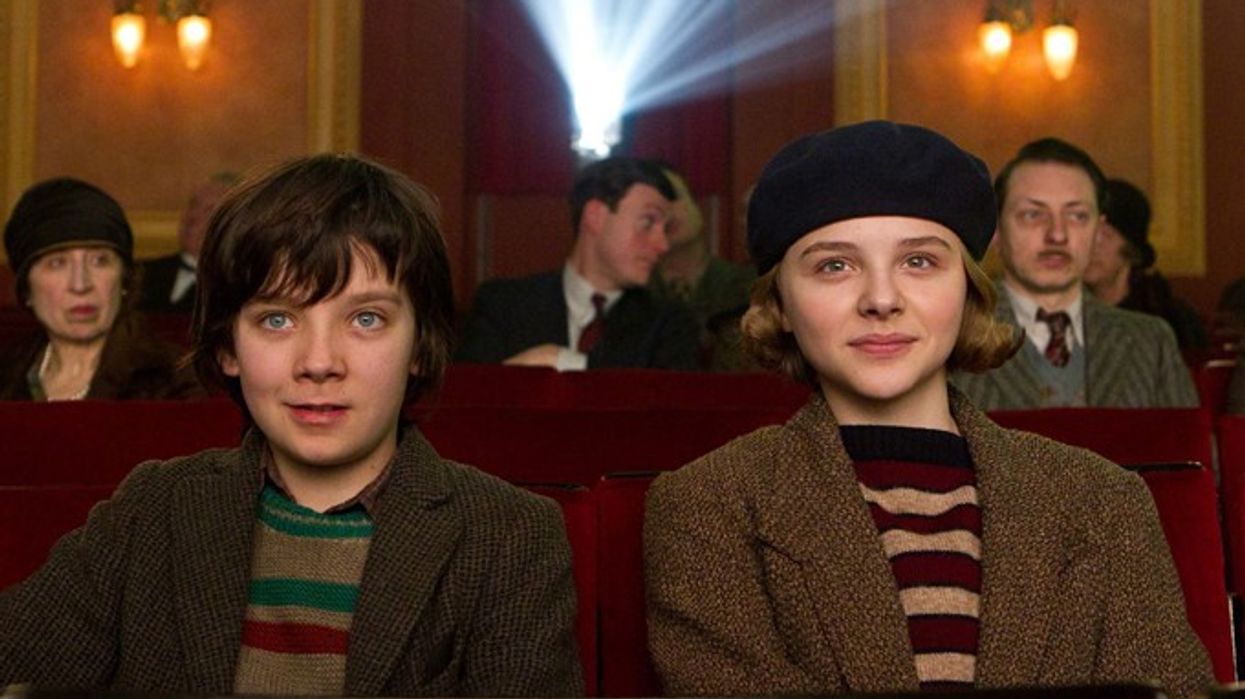Filmmaker Mode Is Coming to TVs Everywhere
Now you will see every movie the way Nolan (and Scorsese, PTA, Jenkins, Coogler, Johnson and many more) intended.

Back in December Tom Cruise came to us all with a very important message about motion smoothing. A/V Club has a great quote breaking down what motion smoothing is:
"...the process of artificially increasing the frame rate of your content by inserting fake frames into a video in effort to remove motion blur from the image. Motion smoothing can make sense for sports, which can move quickly and get blurry on your TV set. Most films, however, are traditionally shot at 24 frames-per-second and motion blur naturally occurs. Artificially increasing the frame rate and removing motion blur removes the filmic, dreamlike essence from films, giving them a hyperreal quality.
Motion smoothing can also result in digital artifacts and a degraded image, as your TV is trying to add artificial information to the content."
Now things are getting even more serious. This is more than a PSA asking people at home to tune their TVs properly to capture the essence of the filmmaker's vision.
According to THR, The filmmakers are teaming up with the UHD alliance to get the image on your TV at home much, much closer to what the filmmakers intended.
What is the UHD Alliance?
Sounds like some sort of crime-fighting force, or panel of intergalactic peace-keepers. Well...kinda.
Here is how they describe themselves on the website:
The UHD Alliance - comprised of the world’s leading consumer electronics manufacturers, film and television studios, content distributors and technology companies - establishes performance requirements for resolution, high dynamic range, color and other video and audio attributes with an eye toward giving consumers the best possible 4K UHD with HDR experience. Home entertainment products, mobile devices and content meeting these certification requirements bear the UHDA’s Premium Logo marks, making them easy for consumers to identify and purchase with confidence.
What does this mean for us?
Simply that filmmakers recognize that the experience of viewing movies is happening more and more at home, on mobile devices, and in living rooms and we don't want to see cinematic quality and creative choices that tons of time and money are spent perfecting wasted. This is good news all the way around.
But wait...we still haven't talked about that "filmmaker mode" that this story is about.
What is Filmmaker Mode?
In short, it's going to be a really easy way for you to make sure that your TV will display the content you're watching the way the filmmakers wanted you to see it.
So, right now we're picturing a giant red switch on the site of every device that has a sad Christopher Nolan face on one side and happy one on the other.
\u201cWatching Dunkirk the way Christopher Nolan intended\u201d— Christian (@Christian) 1520061188
Some of the key things that are effected by filmmaker mode will be color, contrast, aspect ratio, and frame rate.
Editors note: Look I'm old, I grew up thinking that Star Wars was shot in academy ratio on VHS and because my dad 'taped' over certain sections I never knew that Biggs ship was blown up by Darth Vader (spoiler alert). A little snow, a minute of an infomercial and suddenly Biggs was gone. You kids today have no idea with your filmmaker modes!
But it doesn't stop there. THR goes on to add that, "UHDA sought input from more than 400 filmmakers, including 140 directors and cinematographers. The Alliance also reached out to the Directors Guild of America, American Society of Cinematographers, American Cinema Editors and Martin Scorsese’s The Film Foundation."
This should make us all feel confident that once we turn on filmmaker mode we'll be seeing the best possible at-home version of these movies.
It can't replace the experience of seeing a movie communally on the big screen, but as that experience becomes more and more unique and expensive, it's nice to know that viewers at home can get the same quality without missing anything.
Particularly when it comes to older content. I mean, it feels weird to refer to classic cinema as "content" but...these are the times we live in.
Here is the statement from one of the greatest advocates for the preservation of movies, Martin Scorsese himself:
“I started The Film Foundation in 1990 with the goal to preserve film and protect the filmmaker’s original vision so that the audience can experience these films as they were intended to be seen. Most people today are watching these classic films at home rather than in movie theaters, making Filmmaker Mode of particular importance when presenting these films, which have specifications unique to being shot on film, on celluloid.”
As we learn more about what specifically filmmaker mode does, and what products will feature it, we will keep you posted. So many of us learn how to make movies and tell stories visually by watching the greats and getting inspired.
Which perhaps explains some of my own shortcomings since I spent a lot of time watching those VHS copies...
Let's hope filmmaker mode helps you and future generations develop the proper visual skills!
Source: THR

















